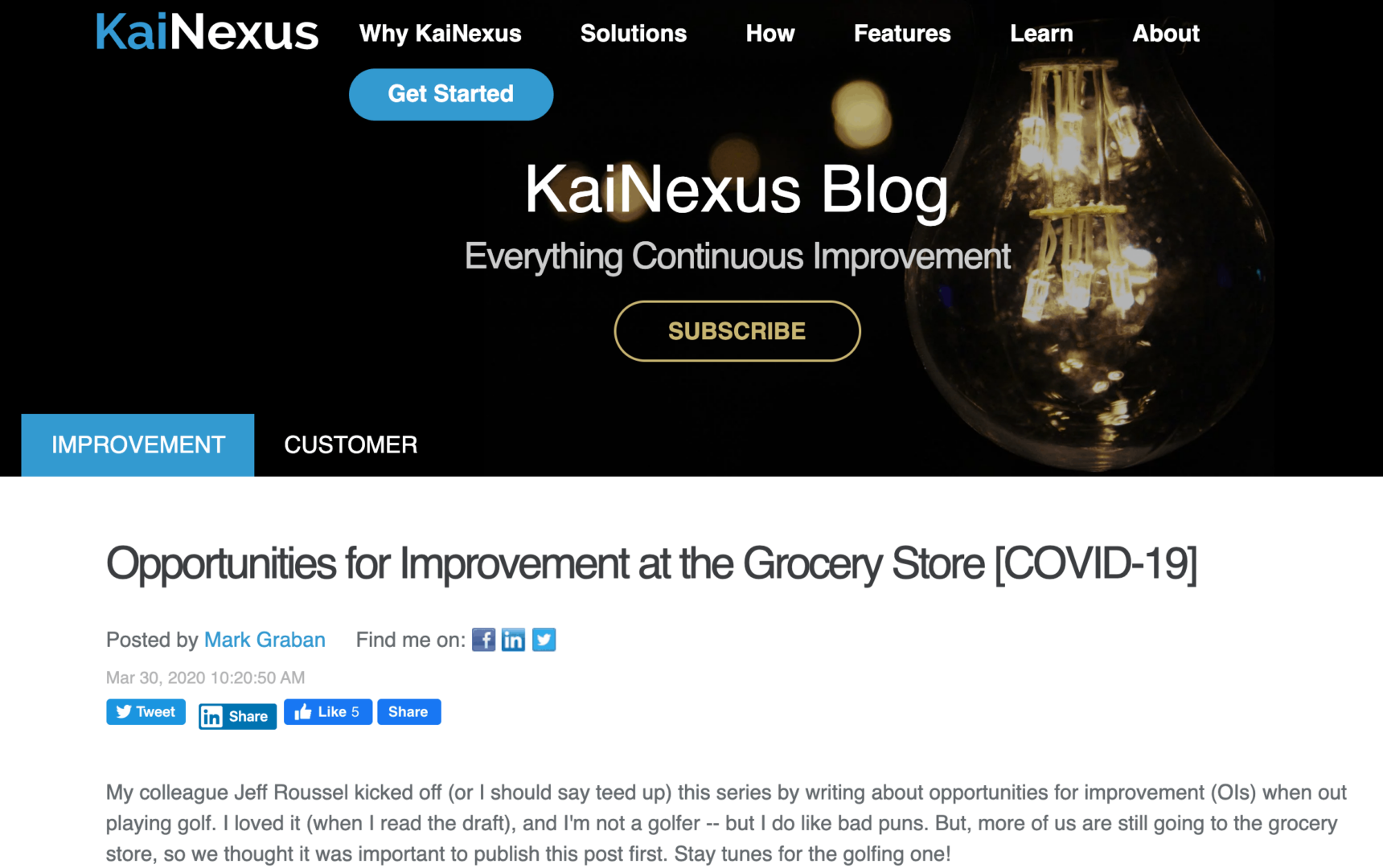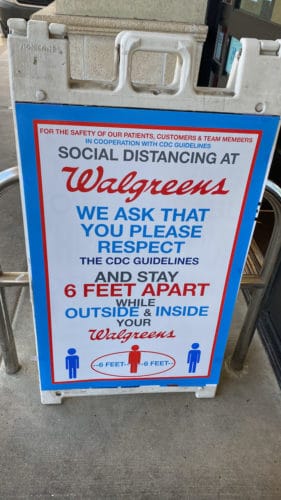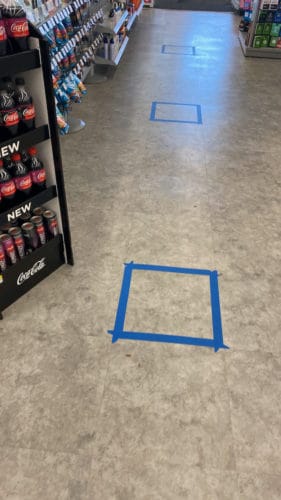I wrote a blog post for KaiNexus that's the first in a series that we're going to run about “Opportunities for Improvement” in everyday situations like golfing, walking for exercise, getting take out food… or my post about going to the grocery store and what we (and the stores) are doing better (or could do better). We could also call these small “Kaizen” improvements.

Now that I think about it more, maybe the biggest “Kaizen” that we could implement is getting groceries delivered. Or order online and have them loaded into your trunk.
Changing the way we get groceries at a high level (delivery vs. going to the store) might be better than tweaking the way we go to the store. See a WSJ article about the safety of grocery and delivery services. Does delivery mean contact with a smaller number of people? Probably. Or does it just give that appearance?
How often do we thinking about tweaking the existing process instead of rethinking the need for that process altogether? There are different ways to meet the need of “have food to eat.”
I asked our KaiNexus CEO Dr. Greg Jacobson about this, and he said:
“I think the less we can go out and have contact with public places, the better off we will be. As a society, as we are figuring this out. So I completely agree that home delivery is a great option and one where contamination can be kept to a minimum.”
Here's a timely article from the Wall Street Journal:
Safety Advice If You Must Visit the Grocery Store
Deliveries are safer during the coronavirus pandemic, but sometimes a store visit is unavoidable. Here are the precautions to take.
I am limiting my trips to stores. I did have to go to a Walgreens to get a prescription today. I could try to convert this medication to mail order, but that difficulty is an entirely different story.
I was happy to see a sign at the front door about distancing and they had some tape marks on the floor for the front register queue.
The floor tape isn't the prettiest, but good job, Walgreens. They're also offering more items via the drive-thru, a sign said.
What small Kaizen improvements have you implemented related to grocery shopping or other necessary trips to the store?
What do you think? Please scroll down (or click) to post a comment. Or please share the post with your thoughts on LinkedIn – and follow me or connect with me there.
Did you like this post? Make sure you don't miss a post or podcast — Subscribe to get notified about posts via email daily or weekly.
Check out my latest book, The Mistakes That Make Us: Cultivating a Culture of Learning and Innovation:











The LinkedIn discussion on this post:
One exchange:
Matt Wehr: Great nudge Mark. Another Kaizen to embrace urgently is to reduce the frequency of deliveries. One grocery delivery every two weeks. Every delivery is a risk. We can take risks less frequently.
Me: Great point… this is a case where “larger batches” is useful. It goes to show that “low inventory” is not the primary goal of lean. Safety first!!
Here is an article about grocery supply chains by Dave Brunt, CEO, Lean Enterprise Academy
Panic buying and the Coronavirus
Mark, we have a small local grocery store in my neighborhood. They have implemented the floor taping as well. In addition they have established hours early in the day specifically for at risk populations like the elderly or those with an underlying condition.
The store is also limiting only 10 customers in the store at a time with a spaced out queue outside under canopy.
Other innovations they have put together include prepared meal kits that you can take home and warm up, hand sanitizer at the point where you get a cart or basket, and call ahead/curbside shopping for at risk shoppers.
All supermarkets in the Netherlands have had to limit the number of customers based on their square meters. They control this by compulsary use of carts and/or baskets which are wiped clean after every use. Self checkout and contactless payment is promoted in all stores. If you still want to pay in cash you have to put it on the counter in stead of in the hand of the cashier.
Cashiers have plastic guards in front of them. And there are lines/boxes at the checkouts for a safe distance.
People have to shop alone, there is an exception for single parents. For the elderly supermarkets have special early opening hours so they can shop without the younger more asymptomatic people and it’s not as busy.
Delivery is not convenient for me because I’m alone and live almost next door to 2 supermarkets. The advantage of a heavily populated country like the Netherlands: at least 1 supermarket in every neighborhood in walking/biking distance.
I shop once a week and at the moment it’s cold enough to wear a scarf as a substitute mask to protect myself and others. And most shops offer handgel to clean your hands before and after shopping.